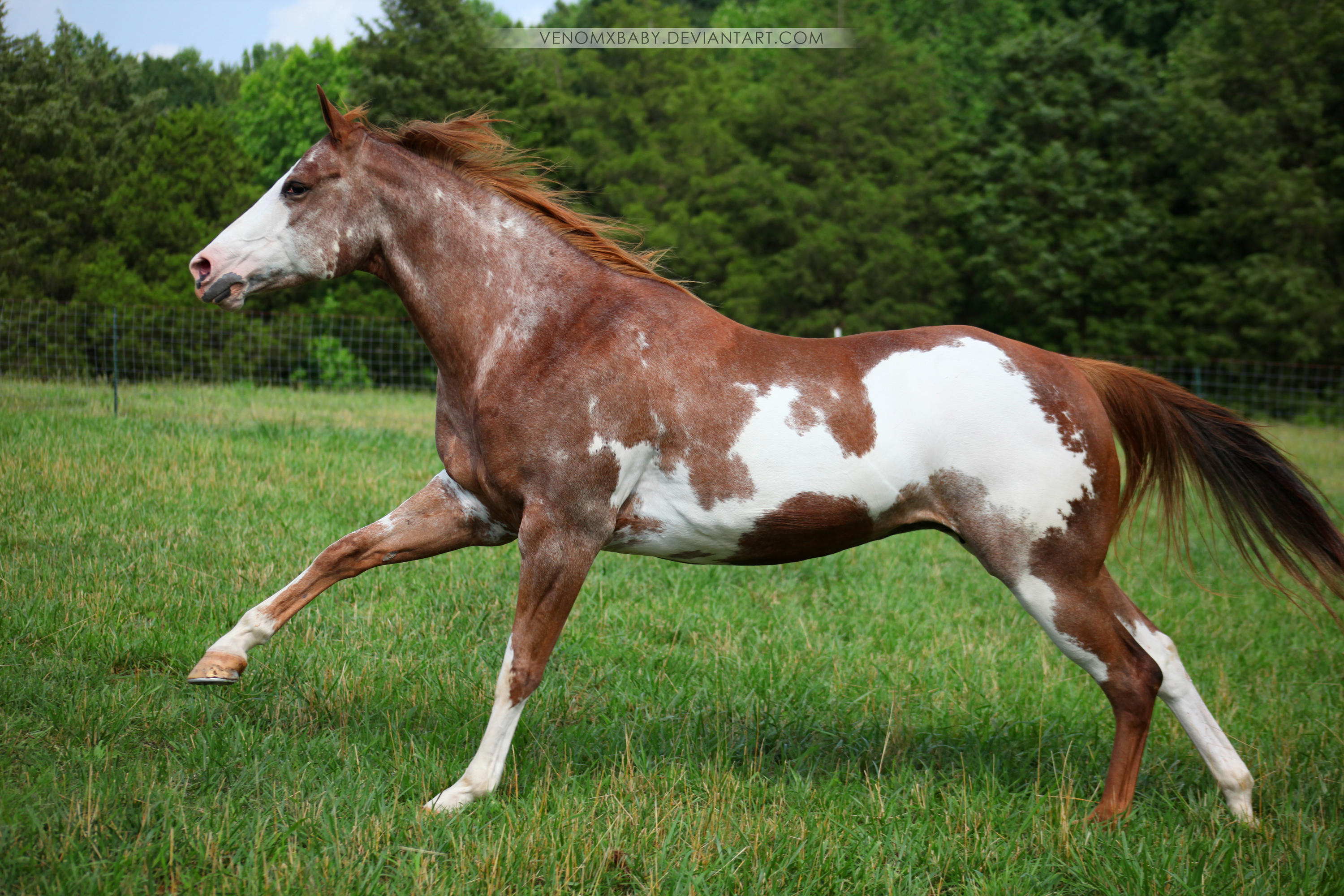

And, she discovered what many Paint Horse aficionados profess: While the Paint Horse’s colorful coat initially attracts their attention, the breed’s easygoing temperament, sturdy conformation, versatility, and natural aptitude for the trail are what capture their hearts. In response, such programs as Ride America and the APHA-sponsored extended-day wilderness rides were developed to welcome trail devotees and their colorful mounts into the organization.Įventually, Alice brought home an eye-catching sorrel overo gelding, with medicine-hat and splashed-white markings. The APHA recognized that whatever the primary focus of their members (recreation, competition, breeding, etc.), the vast majority – more than 76 percent – were trail riders, too. Characterized by an irresistibly upbeat and inclusive outlook, the APHA experienced record growth during the 1990s, while maintaining its family orientation and broad appeal to all generations.

Today, the APHA boasts 108,000 active members in the United States, Canada, and 39 additional countries and territories. In 1965, they united to form the modern American Paint Horse Association. Both registered Paint Horses with Quarter Horse ancestry. Twenty years later, this virtual shutout resulted in the formation of two organizations, the American Paint Quarter Horse Association and the American Stock Horse Association. Even “cropouts” – the painted offspring of two registered Quarter Horse parents – were denied entry into the AQHA. At that time, the AQHA excluded horses with “excessive white” – in other words, Paint Horses – from its registry.

In fact, Quarter Horses and Paints shared a common history and gene pool until 1940, when the American Quarter Horse Association was formed.

But records show that some of the best-known foundation sires of the Quarter Horse breed had sufficient color to be regarded as American Paint Horses today. Early horse breeders sought to create working stock that also had the stamina and good minds to be dependable trail partners. Native Americans prized their painted ponies, and many tribal communities assigned magical properties to their mounts’ resplendent, colorful markings.Ĭenturies passed, and Thoroughbred horses brought to North America by English settlers added to the equine gene pool. The Spanish term pintado or “pinto” was commonly used to describe a multicolored or dappled horse. Those Barb, Andalusian, and Arabian-bred horses eventually formed the foundation for the wild herds of mustangs found throughout the American West. When the first Spanish explorers landed on North American shores in the early 1500s, “painted” or two-toned horses were among the first arrivals. “He had a Quarter Horse, but it was Quarter Horses with spots that captivated my imagination,” she says. The former city girl, who spent 20 years working in investment banking, had never been on a horse until she met and married cowboy veterinarian Jerry Singleton. “With all their chrome, they’re simply a little snazzier and flashier than any other ‘model.’ I just love them!” Paint Horses are the Masarati of the equine world,” Paint Horse owner Alice Singleton says, smiling.


 0 kommentar(er)
0 kommentar(er)
